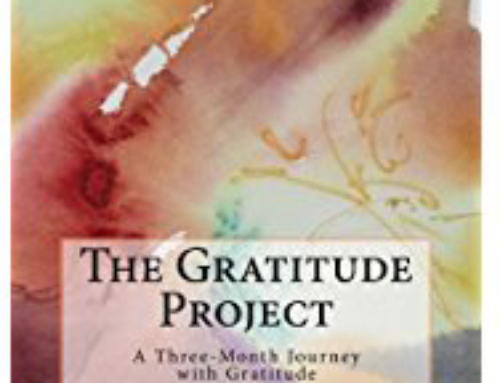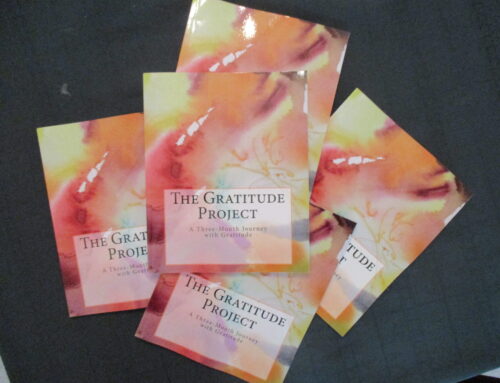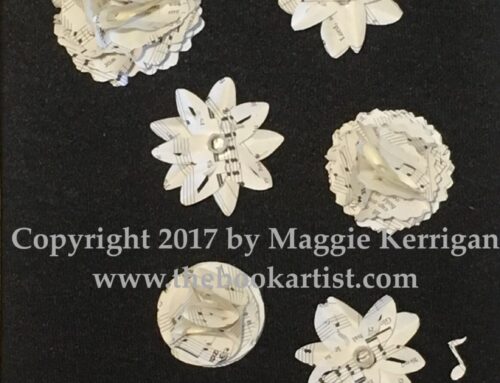…Then you know you are not alone.
A woman came into my studio a few weeks ago and we were talking about my book art. In telling her the story of how I got started, I pulled out the first book that I ever carved–when I was trying to figure out the process. The woman’s reaction was priceless: “Well, that sure makes me feel better!”

My first attempt at carving a book.
Art is a lot like Facebook. Just as people only post their big accomplishments and rosy moments in life, we artists tend to only put our best work out there for the public to see. Unfortunately, that ends up creating a false picture for the onlooker. It can give the impression that we’ve always has this level of skill, or that we never make mistakes, or that we don’t struggle with confidence.
The fact is, we all have our own version of what my friend Carla calls her “boneyard.” That’s her pile of “failed paintings” that are set aside–either for a later attempt at rehab or to be cut up and collaged into some new project.

Can you see the crooked section of the bat?
With altered book art, I’m starting to collect my own pile of “boneyard” books. One of these was a book I made for my dad. It was going to have the St. Louis Cardinals logo folded into it. Unfortunately, I skipped a critical step in preparation, and ended up with a crooked baseball bat. I tried to unfold and refold the book–but the damage was done.
 I had to buy a new book and start fresh. Thankfully, the result came out well, and he was very happy with his Christmas gift.
I had to buy a new book and start fresh. Thankfully, the result came out well, and he was very happy with his Christmas gift.
And back to the “boneyard.” That first attempt now serves as a tester for new ideas. I have a growing collection of Boneyard Books. They’ve shown me how paint behaves on book paper, how a wood-burning tool will work, how a dremel and drill chew up pages, and if certain measurements or folding techniques will work. Here’s that St. Louis Cardinals book being used to test two different design ideas.

Testing a 3-D cancer ribbon and a sine-curve.
So what is my point? If at first you don’t succeed, don’t be discouraged. First of all, remember that everyone who has any skill of any kind also has a big boneyard somewhere out of sight. Also, keep your failures handy for learning or testing new ideas. Of course you will learn from your mistake. Isn’t it great when that mistake can also trouble-shoot other, new experiments?
What do you think?



